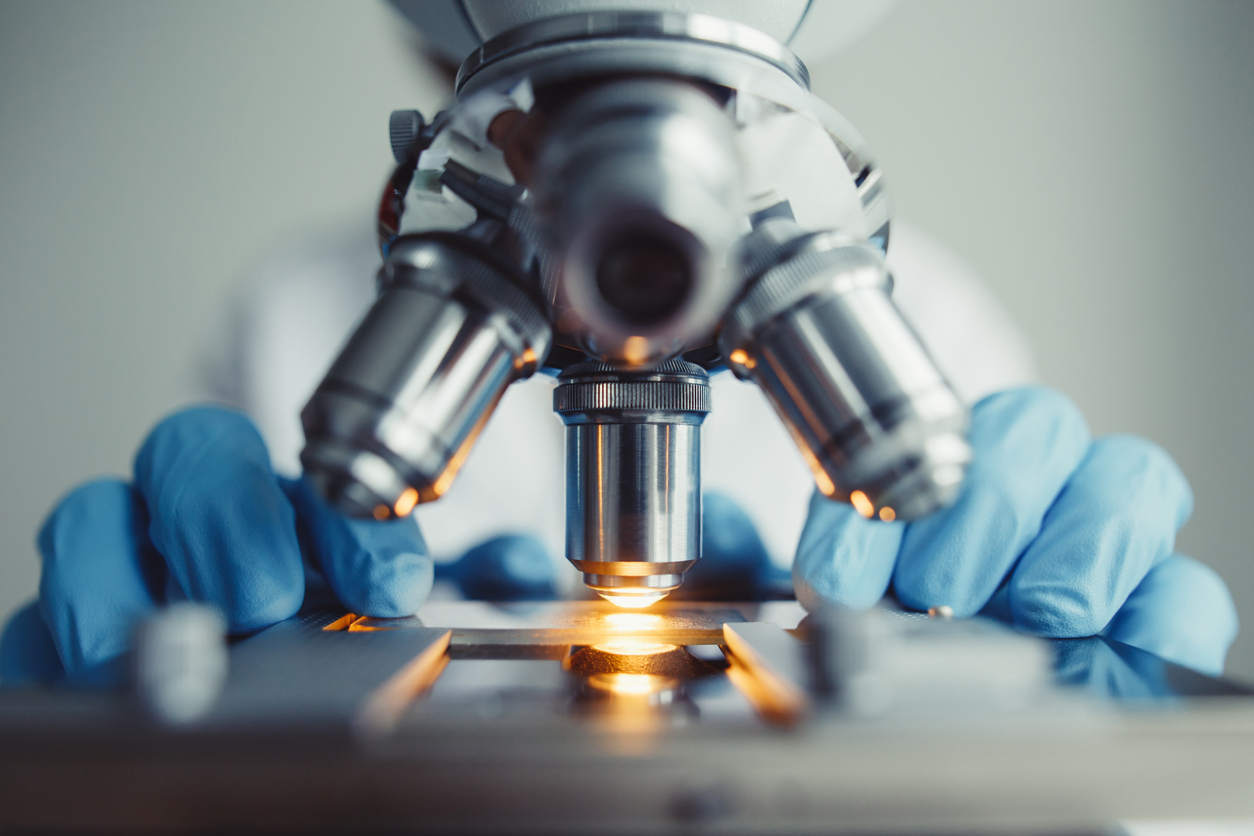As 2021 draws to an end and we look towards 2022 and beyond, sometimes it’s worth reflecting on the vision we are all working towards. I imagine every professional working in the life sciences industry has experienced incredible highs and incredible lows over the past few years with a complete mix of agendas. In one meeting we are discussing how external sensing will help us better predict demand in the future, and in the next, we are troubleshooting what to do about a container simply not turning up as planned and the constant replanning and juggling required due to unprecedented instability in our supply chains today.
The pandemic has shone a harsh spotlight on the fragility of the traditional life sciences supply chain, forcing companies to re-evaluate the status quo. Long-established functional silos and engrained ways of working have resulted in a fragmented, rigid and reactive operating model, prone to disruption and overburdened with inefficiencies.
As we emerge from the pandemic, these existing issues, combined with a new wave of novel treatment types and complex distribution requirements, highlight the urgency of life sciences companies to reinvigorate their supply chains with a healthy dose of digital transformation.
Digital capabilities help establish a sustainable competitive advantage
No longer constrained to science fiction, embedding digital technologies like artificial intelligence (AI), machine learning, and the Internet of Things (IoT), among many others, into the supply chain can provide a sustainable competitive advantage. Allowing companies to operate with increased agility, improved cost-efficiency, reduced working capital requirements, and heightened service levels, leading to improved care for the end-users – patients.
On the supply side, predictive AI technologies can automatically anticipate future disruption to any part of the inbound network. For example, the business impact of delays, adverse weather conditions, or Active Pharmaceutical Ingredient (API) availability issues can be analyzed within minutes, and appropriate resolution paths presented for decision-making. Thus, these digital solutions strengthen a company’s ability to respond to and recover rapidly from unexpected disruptions.
On the demand side, machine learning and big data analytics can extract insight from large volumes of data from several sources and run multiple ‘what-if’ scenarios and simulations within minutes, resulting in more accurate forecast models with reduced bias. Leveraging the IoT can also unlock many new data sources at an unprecedented level of granularity in real-time – for example, ‘smart’ refrigerators in hospitals with RFID-tagged drug packages or smart containers that automatically transmit demand data on drug usage. The rise of digital capabilities can free planners from the burden of time-intensive manual data collection and analysis to focus on making more tactical and strategic decisions.
Digitally enabled supply chains unlock the potential of new treatments
We are all unique, and our healthcare should reflect this. Personalized medicine is a bold move away from a ‘one size fits all’ approach to patient treatment to one that uses new approach methods to manage patients’ health by targeting therapies to achieve improved outcomes in managing a patient’s disease or predisposition to a particular condition.
The manufacturing, storage and distribution of personalized medication can be significantly more complex, expensive, and reliant on technology. Personalized medicine is also more data-intensive than traditional treatments and is only economically viable through an interconnected, digitally enabled supply chain.
As the proverb goes, fortune favors the brave
To realize the full growth potential of digital capabilities, organizations should go beyond ‘bolting on’ technology to an old and outdated operational model and instead focus on end-to-end transformation. But, of course, achieving this is easier said than done. Companies must develop solutions within their own four walls and align with several external partners. It is a multi-year journey that requires considerable leadership support, internal and external collaboration, and a robust change management program to be rolled out successfully.
So as we reflect on 2021 and look ahead to 2022, we need to remember the vision. Never underestimate the power of having that joint vision. Project yourself forward and picture how people are interacting, look at the capabilities they have, look at their environment, look at the collaboration and be inspired by the decisions they can make in a matter of minutes. It’s easy to get tired with a long and growing list of projects and initiatives, but over the holiday break, take time to remind yourself of what you’re really working towards.
Authors: James Alberts; Sophie Reid; Kerry Pickstone






